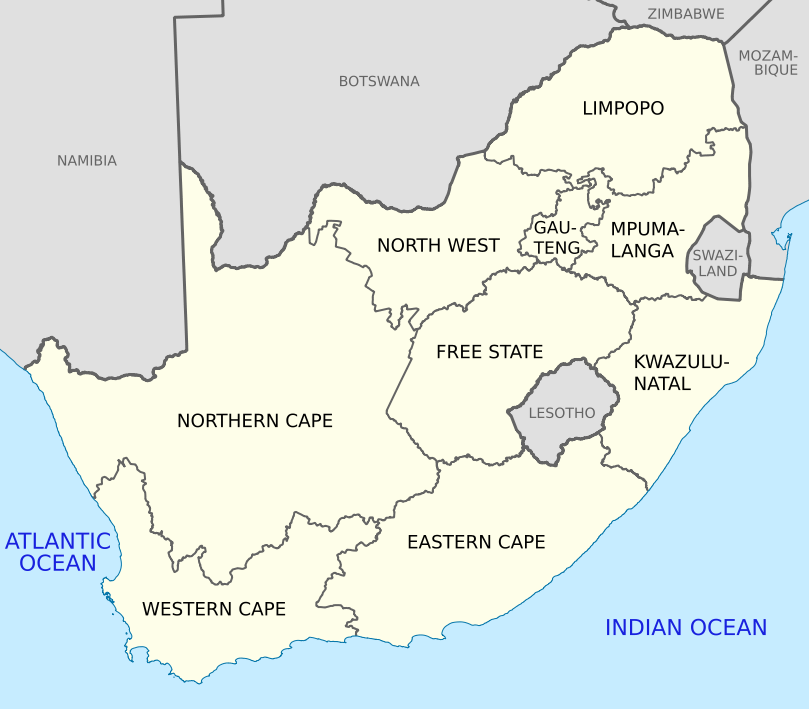While keeping an eye on developing risks, particularly with regards to the US economy, 2023 is nevertheless shaping up well. With market volatility low, investors should take the opportunity to buy protection on portfolios. It’s also a good time to take profits on equities and bonds while income yields are high, and wait for opportunities to buy into growth assets. GraySwan shares their views on what the market landscape looks like for South Africa in 2023 and how China and the US are influencing it.
GraySwan is an award-winning independent investment advisory and wealth management firm, serves investment advice through a global megatrend lens to institutional and corporate investors, financial planning and wealth management solutions to personal and family office investors. The wealth of their investment experience and the depth, strength and stability of their advisory and investment team amounts over 150 years. With offices in Stellenbosch, Somerset West and Johannesburg, the firm is one of the most experienced in terms of assets with over R20 billion under advice.
Following a year that was a hard period for most asset classes, 2023 has started with a bang. Global equities are up 13.92% as of 14 February, global property is up 14.04%, emerging markets are up 11.76%, the JSE top 40 are up 10.28%, and even South African government bonds are up 2.82%.
The surge in equity markets is being driven by a belief that the US Fed will start cutting interest rates much sooner than it has indicated, with the market pricing that in, along with the Chinese economy opening up, causing emerging markets and cyclical stocks and resources to rally. As the world’s largest consumer of iron ore, zinc, nickel and copper, China’s reopening has great implications for South Africa, which should benefit from increasing metal trading volumes and prices. At present, emerging market economies such as South Africa and China are trading quite cheaply.
The US economy is very strong, as reflected by their unemployment rate of 3.4%, the lowest since 1969. However, although we are past peak inflation, it is still very high, carrying with it the risk of a recession if the Fed keeps raising interest rates to keep inflation at bay. Another key indicator of recession is 10-year government bonds minus the 2-year government bonds, which currently are in the deepest yield inversion in 30 years. Historically, such a situation has been a good predictor of a US recession in future.
Market volatility is presently low, particularly compared to what was seen when COVID-19 was in fully swing, meaning that it is cheaper to buy insurance on one’s portfolio. A US 10-year government bond, for example, which is presently yielding at 3.8%, should offer significant protection in the event of a recession. The JSE offers various protection strategies that offer almost 19% upside cap on equity exposures and 10% downside protection, at zero cost. Should the market fall, this protection can be unwound and money invested into equity markets at lower levels.
GraySwan sees other risks alongside recession, including earnings and geopolitical risks, but markets have rallied hugely in 2023. “Ultimately, this is a great start to the year,” says Gregoire Theron, chief investment officer at GraySwan. “The markets have started off very optimistically. It’s great for portfolios and pensioners, and assets in general.” Moreover, investment options beyond equities have emerged in the last two years, including global listed property, cash, bonds, gold and commodities. GraySwan believes that it is important to maintain large offshore exposures to diversify risk away from Eskom, as well as local debt and political problems.
While keeping an eye on developing risks, particularly with regards to the US economy, 2023 is nevertheless shaping up well. With market volatility low, investors should take the opportunity to buy protection on portfolios. It’s also a good time to take profits on equities and bonds while income yields are high, and wait for opportunities to buy into growth assets.


